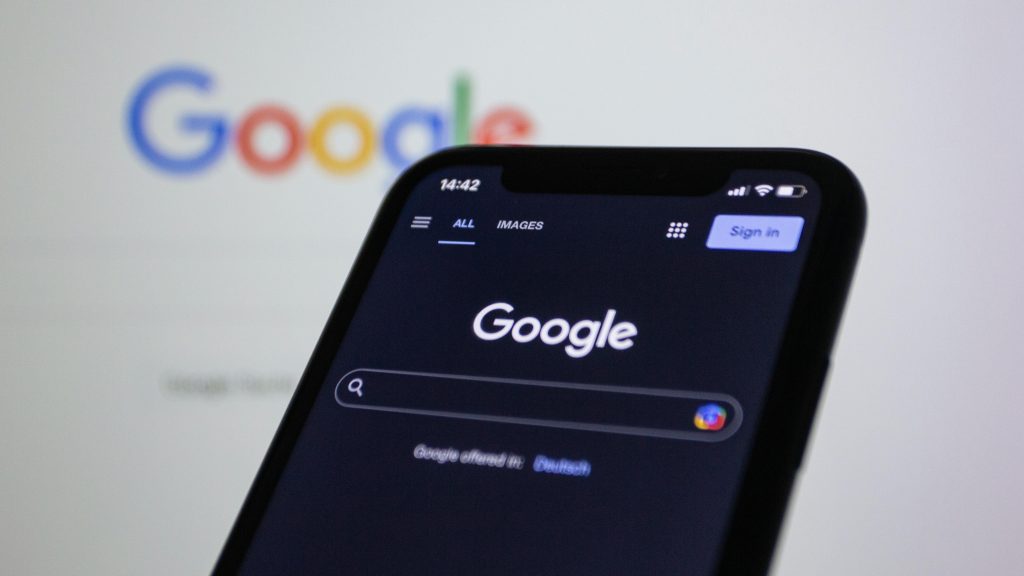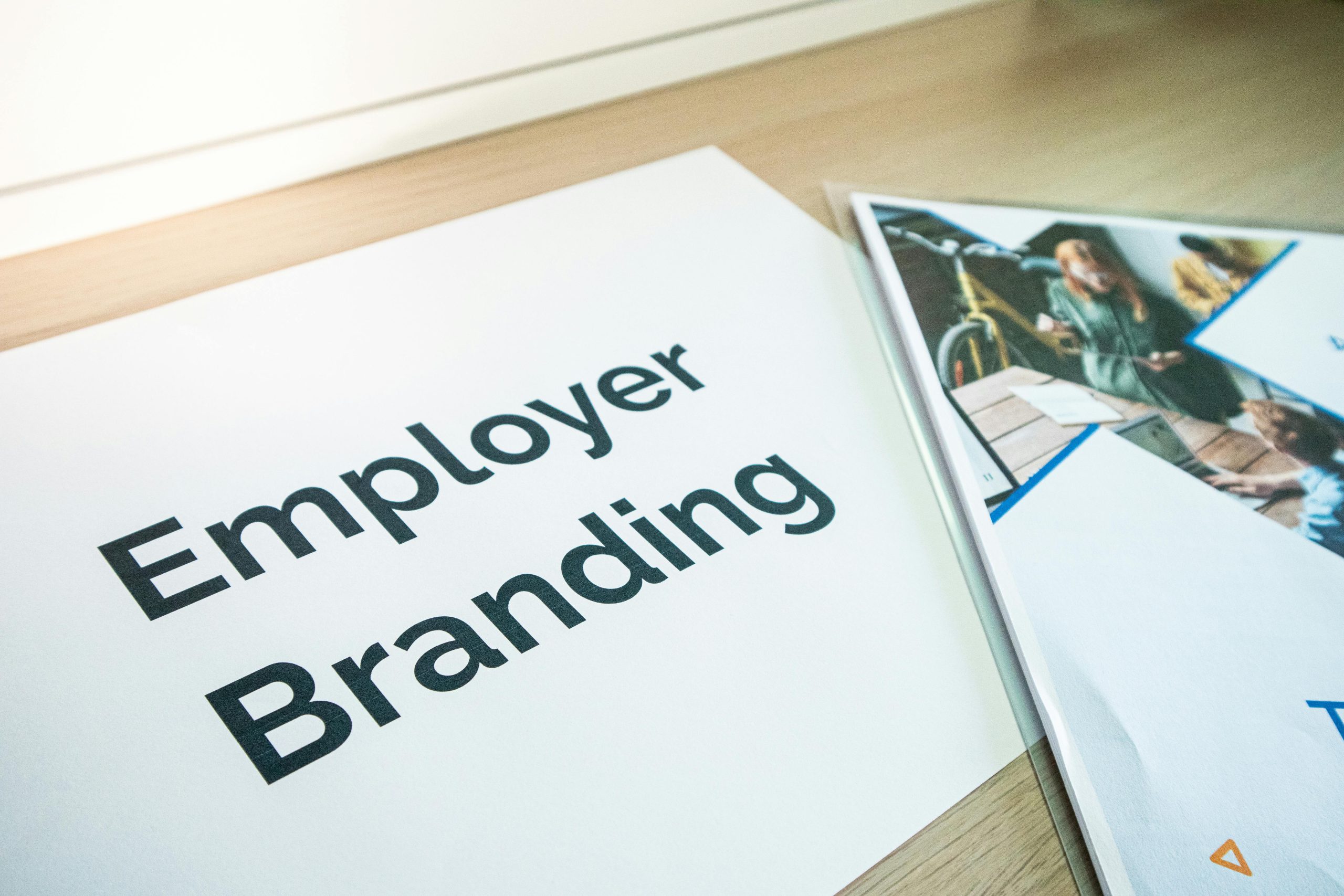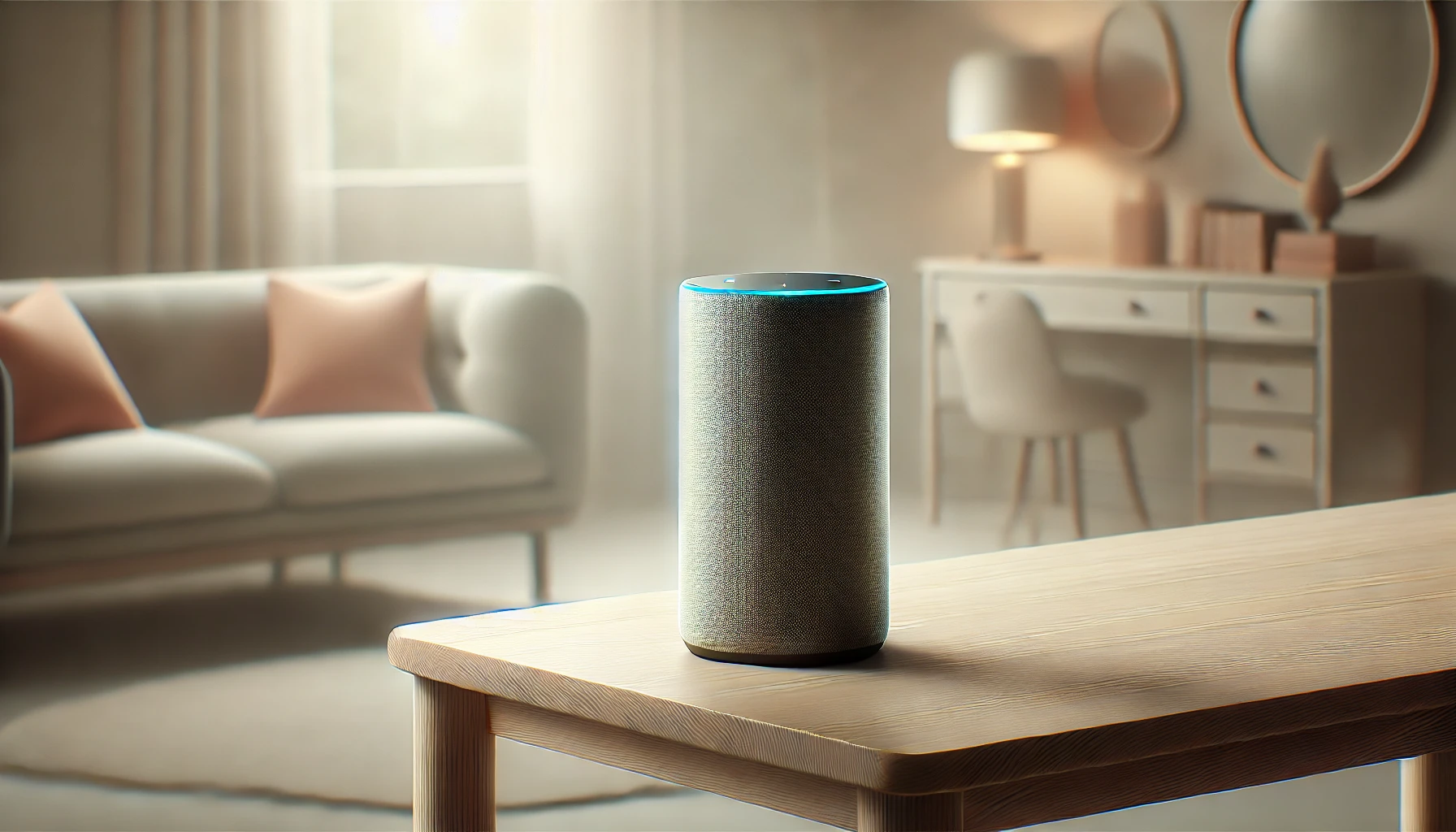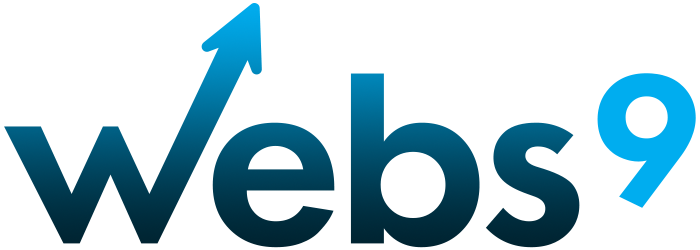Table of Contents
Did you know that your approach to bidding can make or break your campaign’s success? A well-thought-out bid strategy aligns your budget with your goals, whether that’s increasing traffic, driving conversions, or maximizing revenue. But with so many bid strategies available, it can be difficult to know which one best suits your needs.
This guide will walk you through the most popular bid strategies in paid search, explain their benefits and limitations, and help you choose the right one to boost your campaign’s performance.
What Are Bid Strategies in Paid Search?
Bid strategies are methods that advertisers use to manage how much they’re willing to pay for their ads to appear on search engines. They influence not only the amount spent per click but also the visibility, reach, and return on investment (ROI) of a campaign.
Paid search platforms like Google Ads offer both manual and automated bid strategies. While manual strategies give you full control, automated strategies use machine learning to adjust bids based on factors like competition, user behavior, and device targeting, helping you achieve your specific goals.
The bid strategy you choose should align with your primary campaign goals. Let’s dive into the various strategies available and see how each can help achieve different objectives.
Manual CPC (Cost-Per-Click)
Manual CPC allows you to set the maximum cost-per-click (CPC) for each keyword, giving you complete control over how much you’re willing to pay when someone clicks on your ad. This strategy is often chosen by advertisers who want full control over their bids, particularly in campaigns with smaller budgets or highly targeted keywords.
Best for: Small, highly targeted campaigns or low-competition keywords.
Advantages: Complete control over individual keyword bids.
Disadvantages: Requires constant monitoring and adjustment, which can be time-consuming, especially in larger campaigns.
Manual CPC can be beneficial if you’re running a highly specific campaign where you want to maximize visibility for certain keywords. However, it may not be ideal for campaigns where conversions are the primary focus, as it doesn’t optimize for conversion potential.
Enhanced CPC (eCPC)
Enhanced CPC (eCPC) takes manual bidding a step further by using Google’s machine learning to adjust your manual bids up or down, depending on how likely a click is to result in a conversion.
Best for: Campaigns focused on both conversions and maintaining some manual control.
Advantages: Allows control while also improving conversion potential through automation.
Disadvantages: Not as effective as fully automated strategies designed solely for conversions.
This hybrid approach can be useful if you want to keep some control over bid amounts but are also open to automation when it comes to conversion optimization.
Maximize Clicks
If your goal is to drive as much traffic as possible within a specified budget, Maximize Clicks may be the right strategy for you. This automated bidding method aims to get the most clicks for your budget, making it ideal for brand awareness campaigns or traffic-focused objectives.
Best for: Traffic-driven campaigns or brand awareness.
Advantages: Easy to set up and ideal for increasing website visits.
Disadvantages: Focuses on clicks rather than conversions, which may result in low-quality leads if conversions are your primary goal.
While Maximize Clicks is an excellent choice for building awareness, keep in mind that it doesn’t prioritize conversions. You’ll want to track traffic quality and make adjustments if the clicks aren’t translating into valuable leads or actions.
Maximize Conversions
As the name suggests, Maximize Conversions is designed to get the most conversions possible within a set budget. This automated strategy uses historical data and real-time signals to optimize for conversions, making it a popular choice for e-commerce and lead generation campaigns.
Best for: Conversion-driven campaigns with specific goals like sales or lead generation.
Advantages: Maximizes conversion potential within budget constraints.
Disadvantages: Requires sufficient historical conversion data to be effective.
Maximize Conversions is ideal if you’re focused on ROI and want your ad spend to drive measurable results, such as form submissions, sales, or other valuable actions. However, because it’s automated, you’ll need to monitor the cost per conversion, especially if budgets are tight.
Target CPA (Cost Per Acquisition)
Target CPA sets bids to achieve a specified average cost per acquisition (CPA), or the cost per conversion. This strategy uses Google’s machine learning to adjust bids based on the likelihood of a conversion while aiming to keep the cost-per-conversion around the target CPA you set.
Best for: Conversion-focused campaigns with specific CPA targets.
Advantages: Helps control the cost of acquiring customers or leads.
Disadvantages: May limit conversion volume if the target CPA is set too low.
Target CPA is a smart choice for advertisers who want to keep their acquisition costs predictable. Keep in mind that setting your CPA target too low might limit the number of conversions, as Google may restrict bids to meet the target.
Target ROAS (Return on Ad Spend)
Target ROAS is an advanced bidding strategy that optimizes for a specific return on ad spend (ROAS). It’s ideal for campaigns that aim to maximize revenue rather than just conversions, making it perfect for e-commerce campaigns where product values vary.
Best for: E-commerce campaigns with varying product values and a focus on revenue.
Advantages: Optimizes for high-value conversions and maximizes revenue potential.
Disadvantages: Requires reliable conversion value data and can fluctuate based on market conditions.
With Target ROAS, you set a target for how much revenue you want to generate for every dollar spent. This strategy works best for advertisers who have historical conversion value data and are looking to prioritize high-value sales or actions over simple conversions.
Target Impression Share
If visibility is the primary goal, Target Impression Share ensures your ads are seen by adjusting bids to reach a specified impression share percentage. You can also specify if you want your ads to appear at the top or absolute top of the search results page.
Best for: Brand awareness campaigns where visibility is more important than conversions.
Advantages: Increases the likelihood of ad visibility on the first page or at the top of results.
Disadvantages: Doesn’t prioritize clicks or conversions, potentially leading to lower ROI.
Target Impression Share is a great choice for brand awareness campaigns or for advertisers who want to dominate their niche in search results. Keep in mind, however, that it’s not designed for ROI and may lead to high spending without guaranteed results.
Maximize Conversion Value
For campaigns where the value of each conversion varies, Maximize Conversion Value focuses on maximizing the total value of conversions within your budget, rather than the number of conversions.
Best for: High-value sales or campaigns focused on revenue over volume.
Advantages: Focuses on high-value actions rather than volume.
Disadvantages: Requires strong tracking of conversion values.
This strategy is ideal for businesses that prioritize conversion value over volume, such as companies that sell products or services with variable pricing. It works best for advertisers who have consistent data on the value of each conversion, such as average purchase size.
Choosing the Right Bid Strategies for Your Campaigns
When selecting a bid strategy, consider your campaign’s primary goals:
- For traffic and visibility, Maximize Clicks or Target Impression Share may work best.
- For conversions and lead generation, Maximize Conversions or Target CPA offers better results.
- For revenue and high-value sales, Target ROAS and Maximize Conversion Value are ideal.
Keep in mind that bid strategies often require time for optimization, so monitor your results over several weeks to assess the overall campaign performance. By aligning your bid strategy with your goals, you can unlock the full potential of paid search, maximizing ROI and making the most of your advertising spend.
Need help with PPC? Contact us today!





